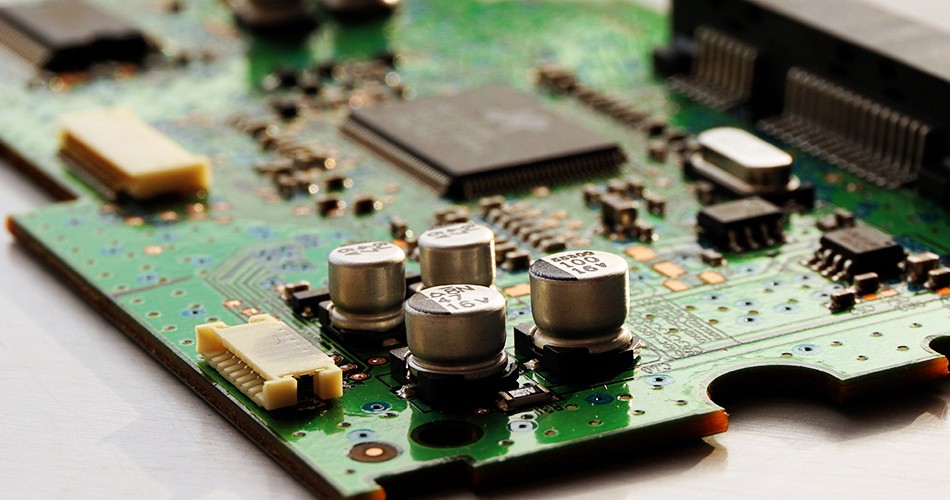- English
- Español
- Português
- русский
- Français
- 日本語
- Deutsch
- tiếng Việt
- Italiano
- Nederlands
- ภาษาไทย
- Polski
- 한국어
- Svenska
- magyar
- Malay
- বাংলা ভাষার
- Dansk
- Suomi
- हिन्दी
- Pilipino
- Türkçe
- Gaeilge
- العربية
- Indonesia
- Norsk
- تمل
- český
- ελληνικά
- український
- Javanese
- فارسی
- தமிழ்
- తెలుగు
- नेपाली
- Burmese
- български
- ລາວ
- Latine
- Қазақша
- Euskal
- Azərbaycan
- Slovenský jazyk
- Македонски
- Lietuvos
- Eesti Keel
- Română
- Slovenski
- मराठी
- Srpski језик
Component assembly in PCBA processing
2024-10-25
In the process of PCBA processing (Printed Circuit Board Assembly), component assembly is one of the most important links. This article will explore the component assembly in PCBA processing in depth, including its definition, process, importance and common assembly methods, aiming to provide readers with a comprehensive understanding and guidance.

Definition and process
1. Component assembly
Component assembly refers to connecting various electronic components (such as capacitors, resistors, integrated circuits, etc.) to PCB (Printed Circuit Board) through soldering and other processes according to design requirements to form a complete circuit.
2. Assembly process
Component procurement: Purchase the required electronic components according to design requirements and BOM (Bill of Materials).
Component inspection: Check the purchased components to ensure that they meet quality requirements and specifications.
Component installation: Place the components in the corresponding positions on the PCB board according to the requirements of the circuit diagram and layout diagram.
soldering: Use soldering processes such as wave soldering and hot air soldering to connect components to pads on the PCB board.
Quality inspection: Perform quality inspection on components after soldering to ensure good and correct soldering.
Functional test: Perform functional test on assembled circuit boards to verify that the circuit works properly.
Importance
1. Quality assurance
Good component assembly quality can ensure the stability and reliability of circuit connection, reduce failure rate and improve product quality.
2. Performance guarantee
Correct component assembly can ensure that the performance indicators of the circuit meet the design requirements and ensure that the product achieves the expected function.
3. Production efficiency
Efficient component assembly process can improve production efficiency, reduce production costs and enhance corporate competitiveness.
Common assembly methods
1. Surface mount technology (SMT)
SMT technology is a common component assembly method. Components are pasted on the surface of PCB through solder paste, and then heated by hot air or hot plate to melt the solder paste and connect with PCB pads.
2. Wave soldering technology
Wave soldering technology is a traditional component assembly method. The PCB board is placed in the solder wave, so that the solder liquid contacts the PCB pad to achieve soldering connection.
3. Manual soldering
For some special components or small batch production, manual soldering (PTH) is used to manually solder electronic components to the pads on the PCB board.
Application practice
1. Large-scale production
In large-scale production, automated SMT technology and wave soldering technology are usually used to improve assembly efficiency and consistency.
2. Small batch production
For small batch production or special components, manual soldering can be used to flexibly adjust the assembly process.
3. Customized needs
For some customized needs or products with special functional requirements, component assembly needs to be adjusted and optimized according to specific circumstances.
Results and prospects
1. Quality assurance
Good component assembly process can improve product quality and reliability, reduce failure rate, and enhance user experience.
2. Technological innovation
With the continuous advancement of technology, component assembly technology is also constantly innovating and developing to achieve a more efficient and reliable assembly process.
3. Intelligent development
In the future, with the development of intelligent manufacturing technology, the component assembly process will be more intelligent and automated, improving production efficiency and product quality.
Conclusion
Component assembly in PCBA processing is a crucial link in the manufacturing process of electronic products, which directly affects the quality and performance of the products. By rationally selecting assembly methods, optimizing assembly processes, and combining the application of intelligent manufacturing technology, assembly efficiency can be improved, costs can be reduced, and the PCBA processing industry can be promoted to develop in the direction of intelligence and efficiency.
-
Delivery Service






-
Payment Options









